After 40 hours or more of wandering around Ghost of Tsushima’s beautiful open-world, it’s obvious the game has been developed by a team passionate about bringing to life both samurai traditions and the cinematography of esteemed Japanese filmmaker Akira Kurosawa.
Set during an important era of the country’s history, it loosely retells the events of the first Mongol invasion of Japan. But Ghost of Tsushima is a more of a samurai power fantasy than it is a historically accurate retelling of events.
That’s totally fine, of course, but history nerds like me are likely to be excited by the opportunity to explore Sucker Punch Production’s take on 13th century Japan. Some of what they’ll find will actually come as a pleasant surprise for its accuracy, while one or two glaring mistakes are also likely to stick out like a sore thumb.
Here I’m going to run through five key takeaways that caught my eye over the past week with the game.
Two Islands?
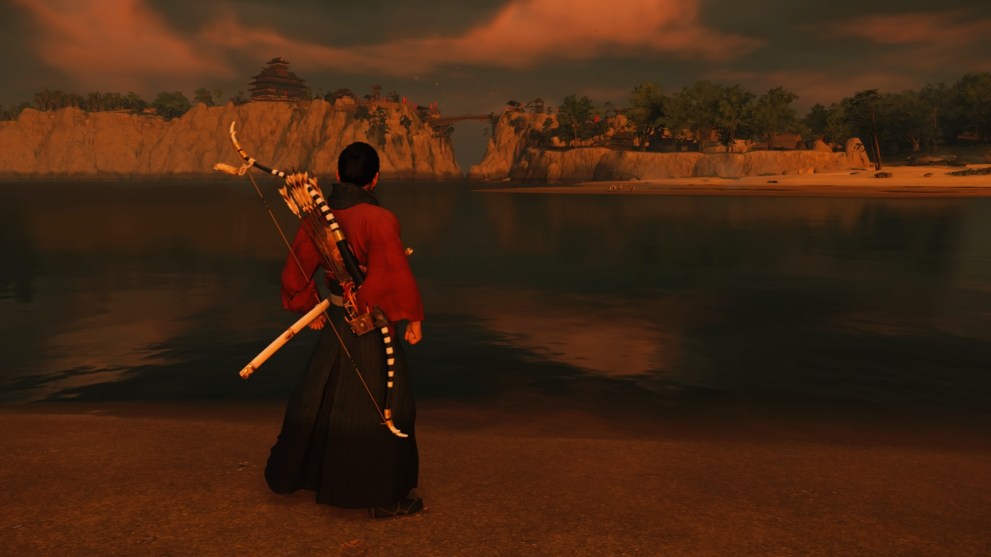
As we’ve noted in our recent feature that examined Ghost of Tsushima’s map size, Tsushima is divided into two islands. While technically speaking this is geographically accurate in a modern context, the division between Tsushima’s two islands is actually the result of a man-made canal that wasn’t built until the 17th century.
Therefore, Tsushima should really just be a large, single island, as it was during the Kamakura Period in the 13th century. Quite how Sucker Punch made this error, I’m not sure. Perhaps it was a deliberate ploy to stop players exploring past a certain point? Although, surely they could have just made it impassable in some other way?
For the record, the Ōfunakoshiseto canal was built in 1671. Tsushima is now technically three islands after the construction of subsequent canals during the early 20th century.
Mongolian Throat Singing
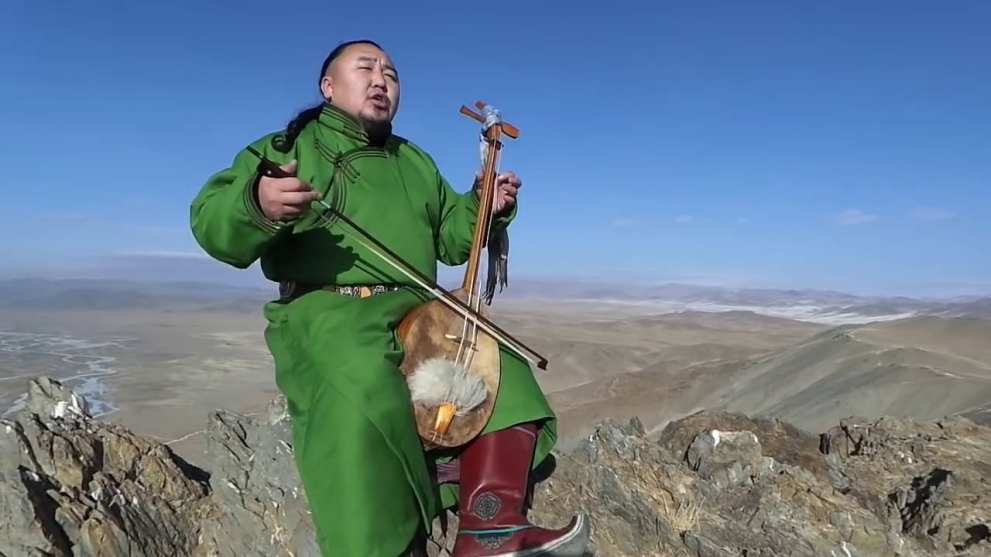
If you’ve been ghosting your way through Mongolian strongholds dotted around Ghost of Tsushima’s map then you’ll probably have come across Mongolian throat singing– possibly, without even knowing it?
Mongolian, or Tuvan, throat singing is a type overtone singing that produces a unique gargling noise. It’s popular across many areas of eastern Asia and Russia but is considered of Mongolian origin. Once a sheepherders call, it became a celebrated form of entertainment many hundreds of years before Ghost of Tsushima takes place.
It’s not surprising, then, that the Mongol’s can frequently be heard singing around their campfires in Ghost of Tsushima — though for samurai such as Jin Sakai it would have been a rather alien, possibly frightening sound. A very neat touch on the part of Sucker Punch to include it.
I recommend this Mongolian throat singing video.
Komodahama Beach Battle
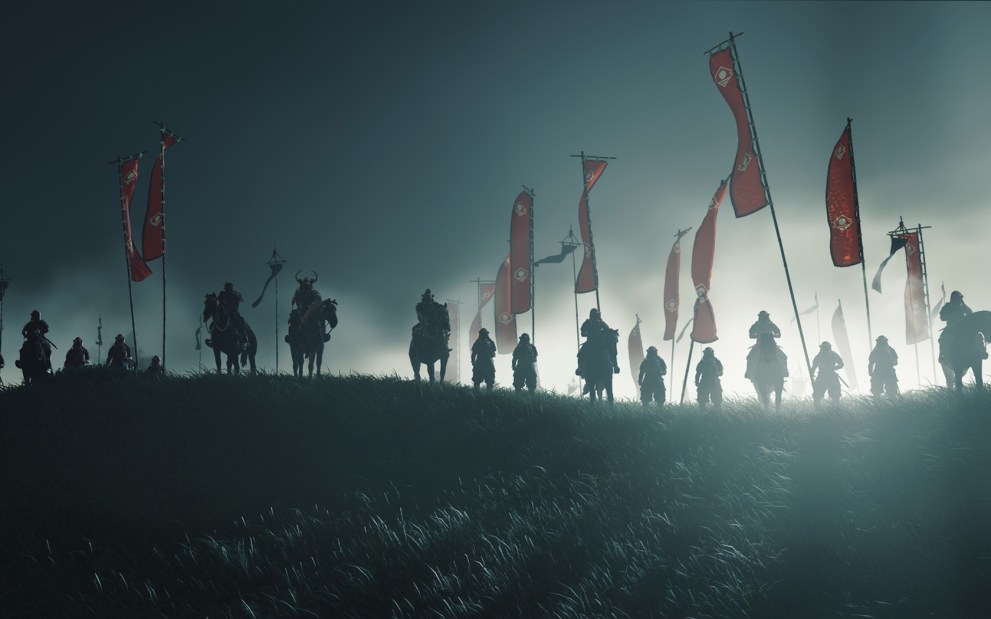
It may come as a surprise to learn that the Mongol invasion of Tsushima Island is one of only three times the Japanese shogunate ever faced a foreign power. Samurai clans had for years been engaged in conflict after conflict between themselves, but Japan had stayed isolated from the rest of eastern Asia up until the late 13th century.
For the samurai, Mongolian combat tactics came as a bit of surprise. Where they were used to the practice calling out individual enemies to engage in one vs. one, single combat, the Mongolians used formations of soldiers, often wielding long spears.
It’s hard to know whether that sort of individual combat would have been the order of the day at Komodahama beach. The samurai were just 80 men versus hundreds, if not thousands of Mongols. Would they really have expected the Mongols to play ball?
Still, we know from records that Mongolian combat formations caught the Japanese off-guard, and since this is the very first time they ever locked horns, you’d have to imagine there was some confusion.
In any case, none of this is alluded to in Ghost of Tsushima. Although, there are numerous references to “Mongol weapons” and “Mongol tactics” throughout which is nice to hear, even if it usually in reference to the use of explosives and not the notion of large combat formations.
Bushidō

The theme of honor forms a huge part of the narrative in Ghost of Tsushima. As Jin is forced to change from samurai warfare to a guerrilla-style that employs the use of deception and assassination, it goes against everything he was raised to believe as a child.
Other NPCs in the game such as Sensei Ishikawa aren’t especially amused by his actions, while in other cases it tests the limit of Jin’s relationships to breaking point. For samurai, it’s presented a huge no-no to perform any for of devious act in the name of victory. Everything must be honorable and courageous.
This theme isn’t necessarily unsuitable in terms of historical accuracy, but it does seem to be heavily leaning on aspects of Bushidō that are a little too modern for the 13th century. This samurai “code” was not actually something commonly appreciated or abided by until at least 300 years later during the Edo period.
That said, the conceptualization of key themes within the Bushidō code are thought to date back to much earlier times by many historians, so it isn’t impossible that Jin would have felt a strong sense of duty to being honorable in his actions.
Katana or Tachi?
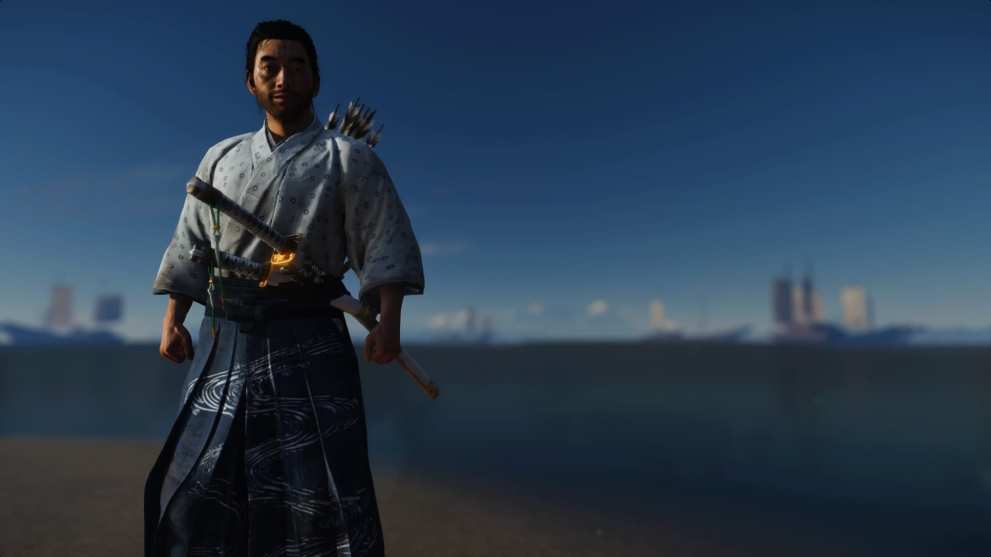
In Ghost of Tsushima, Jin carries a Katana sword and a Tanto dagger, as is popularly used in samurai film and well-known the world over as the devastating blades of Japan’s warrior class. But are they accurate for the 13th century? Sort of. It’s complicated.
Technically, yes, there are records as early as the 12th century that mention the name Katana, but Japanese warriors prior to the first Mongol invasions were almost exclusively using the longer and thinner Tachi blades.
It’s not a particularly major oversight, except that one major driving force behind the evolution of the Tachi to the Katana was the Mongols themselves. Or more specifically, the Mongols’ armor.
The thick leather armor Mongol soldiers wore was so durable that Tachi swords not only couldn’t penetrate it but were frequently snapping from the force. The Katana was made shorter and thicker to cope, and the design remained popular right up until the 19th century when Tachi’s become popular once again as a decorative item.
One detail Sucker Punch nails in this regard is the way Jin wears his Katana. While Tachis were worn with the cutting edge facing away from the user, the Katana is worn through the belt with the blade facing upward just as you can see pictured above. Further, the Mei, or signature on the blade, is in the correct position.

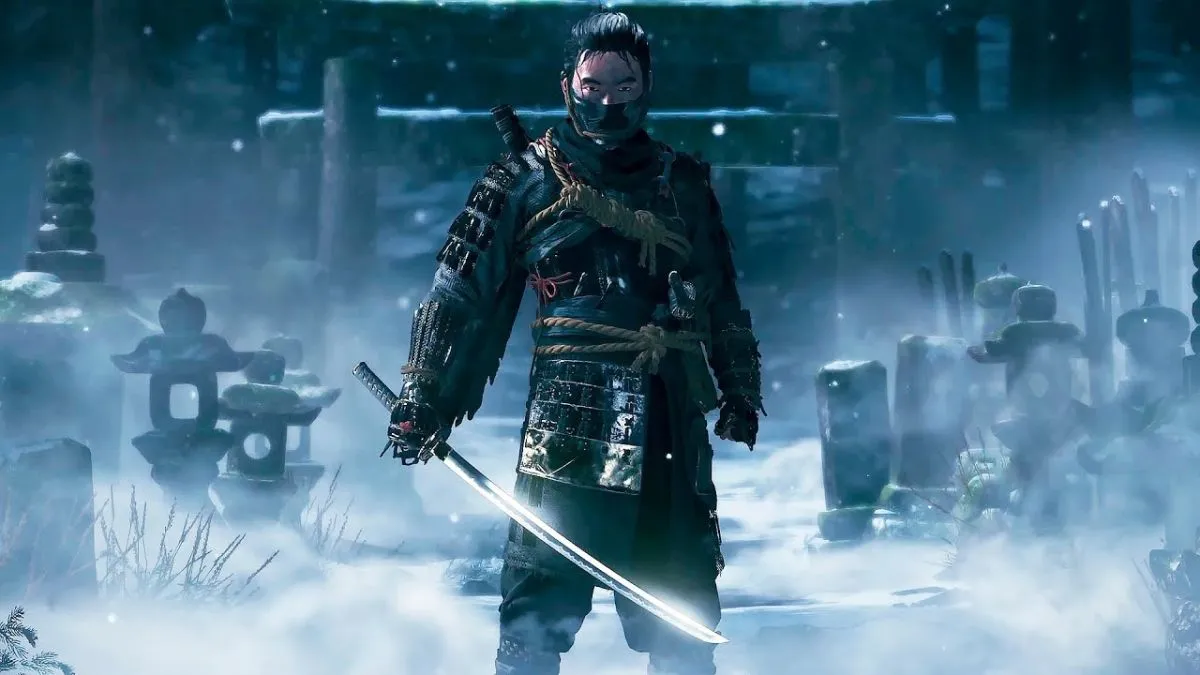











Updated: Jul 17, 2020 05:32 am